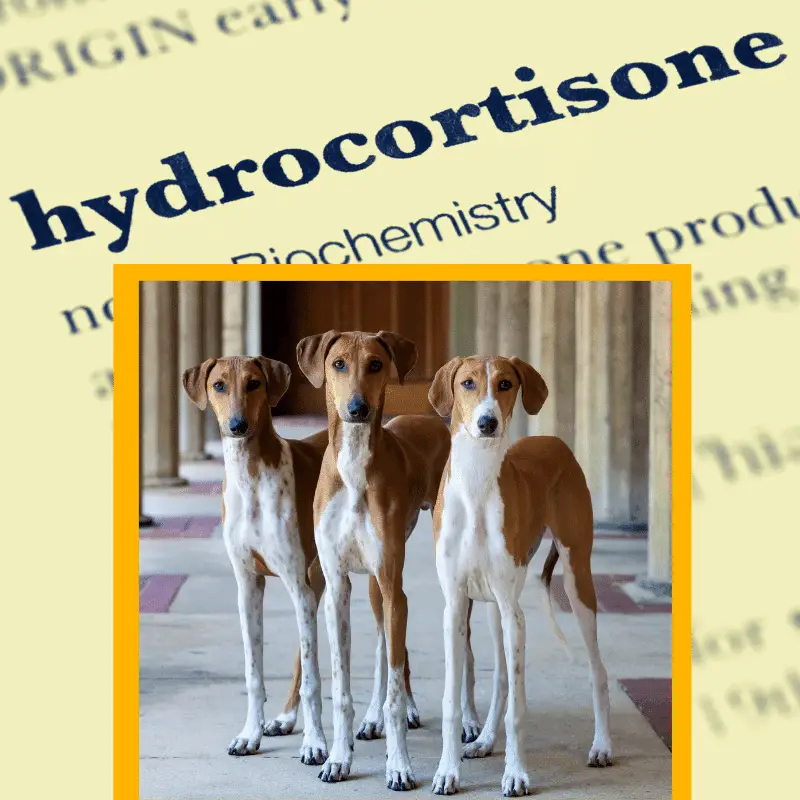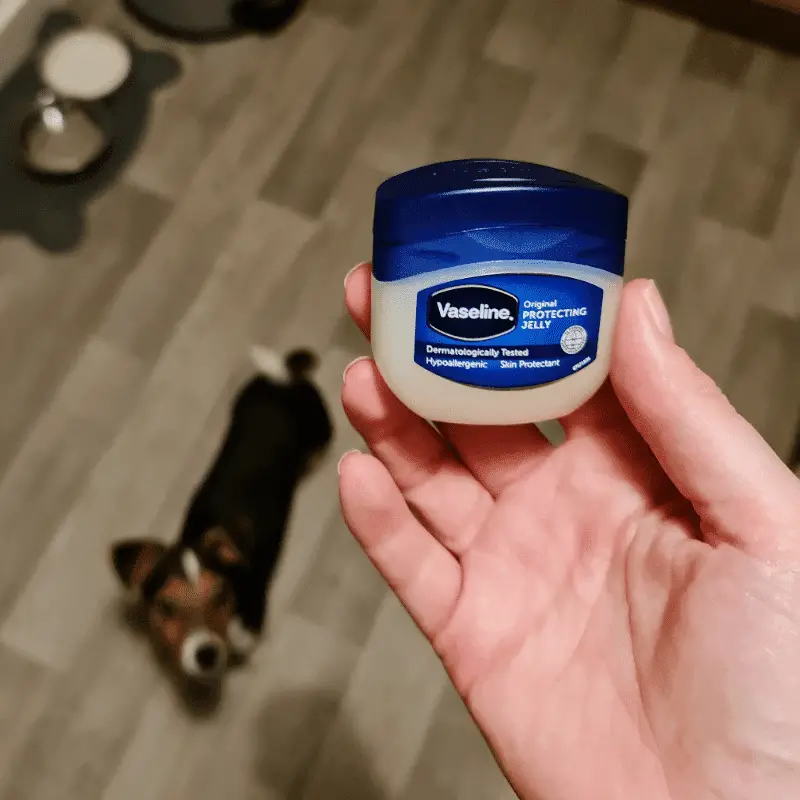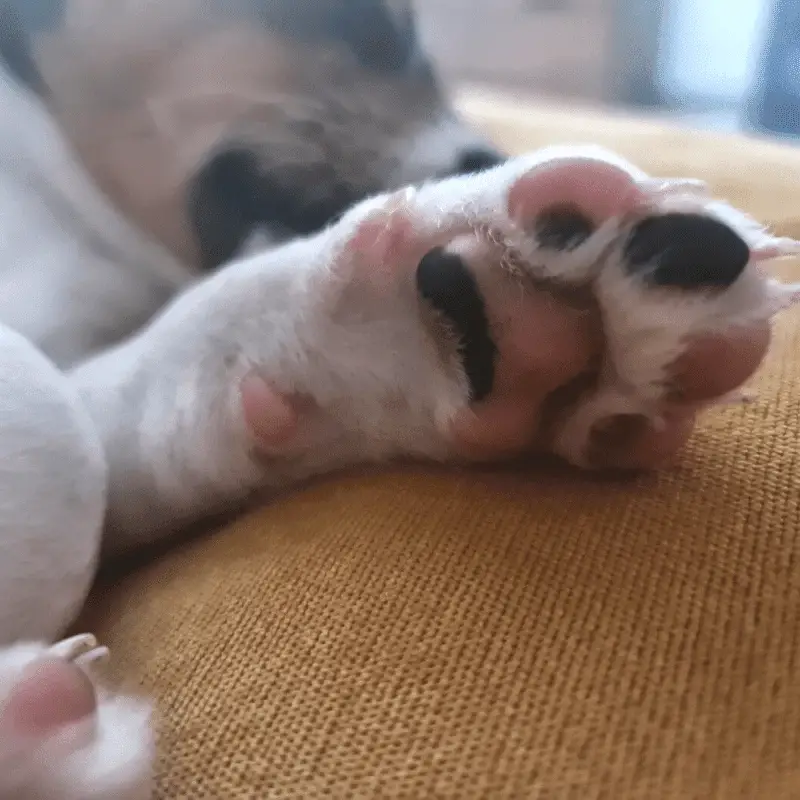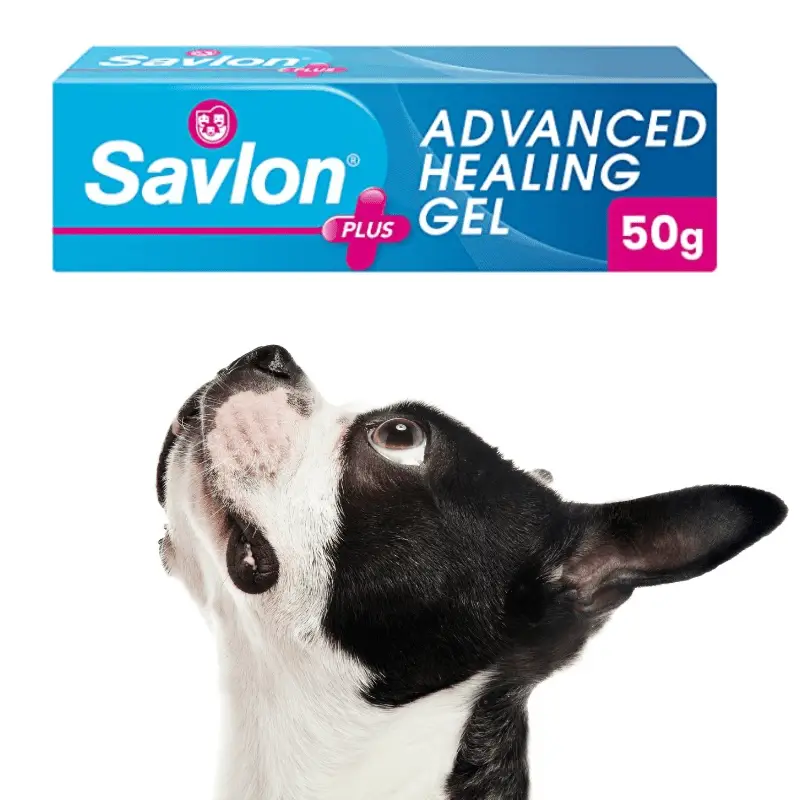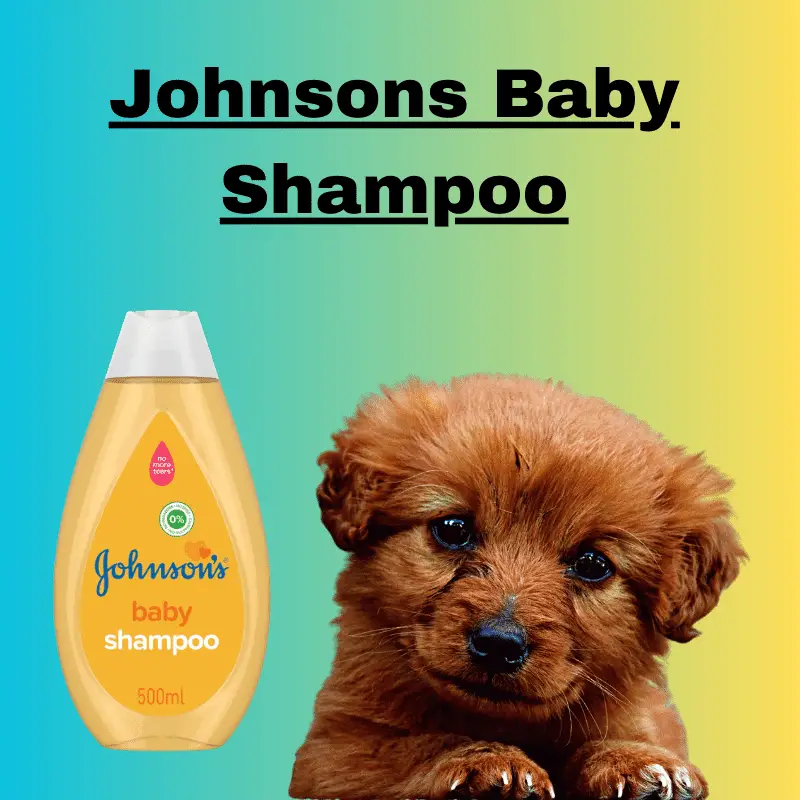The main reason to use Hydrocortisone cream on a dog is that they have some skin irritants. Let’s find out if you can use this cream and look at other options to help your dog’s skin problem.
As a temporary measure, you can use human Hydrocortisone cream on your dog, as long as they aren’t self-lickers or chewers. However, it’s always better to use creams meant for dogs. If in doubt, speak to your veterinarian.
If you’re treating a skin rash, it’s always best to understand why your dog has the rash in the first place.
Many dog rashes are usually down to poor nutrition or allergies to their food. Treating it topical is only a short-term fix.
About Hydrocortisone Cream
Hydrocortisone is a medication that relieves redness, irritation and other symptoms associated with skin inflammation, such as eczema.
Self Licker Or A Chewer
If your dog is a self-licker or chewer, don’t apply it because it can cause sickness and diarrhoea if consumed.
However, you can use an Elizabethan cone to stop your dog from accessing the area that requires the cream.
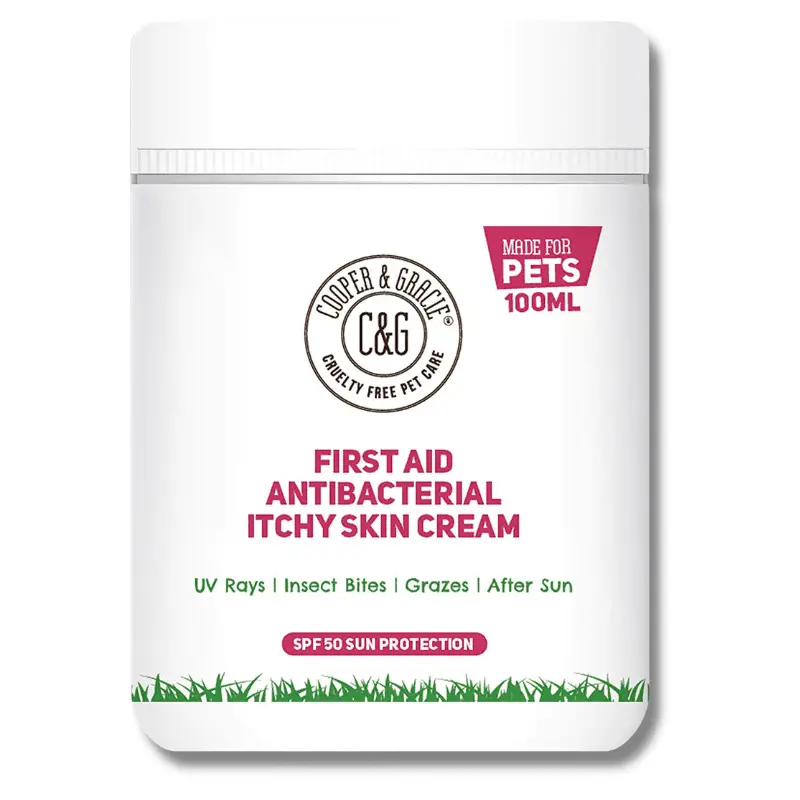
C&G PETS | FIRST-AID ANTIBACTERIAL ITCHY SKIN CREAM WITH SPF 50 | 100% NATURAL ESSENTIAL OIL | MAINTAINS CRACKED ITCHY SKIN | LICK-SAFE NON-TOXIC NON-IRRITANT |HIGHLY ABSORBENT SUN CREAM FOR DOGS 100ML.
Hydrocortisone Cream Best Practises
Use as a temporary measure only. Until a cream meant for dogs has arrived, or you have sought veterinary advice.
Never use Hydrocortisone cream in or around your dogs:
- Eyes
- Inside Ears
- Mouth
- Nose
You can use Hydrocortisone cream on your dogs:
- Back
- Belly
- Bum
- Head
- Leg’s
- Neck
- Outside ears
- Paws
- Tail
The Safe Amount
Only use a tiny amount. Never plaster it on; it will encourage your dog to lick it off. The less amount possible to cover the area of concern. If it’s too sore from rubbing on the location, try dabbing it on instead.
Side Effects of Hydrocortisone
If you have applied the correct amount to the right areas and the symptoms below show, you should stop using the cream altogether. Some dogs can get side effects even if you have safely applied the cream.
- Behaviour changes
- Upset stomach: vomiting, diarrhoea
- Weakness
Nutrition Effects On A Dogs Skin
If you’re here because your dog has a rash and you want to try to resolve it with Hydrocortisone cream, please understand that this is just a temporary fix and that the rash or skin irritation will come back more than likely.
If you haven’t done so already, you should seek veterinarian advice.
One of the biggest causes of skin irritants in dogs is related to the food they eat.
Giving your dog the best quality ingredients can stop the dog’s immune system from leaving areas out. Being a canine nutritionist, I know that the advantages of food they eat can positively affect all areas of a dog, including the skin.
If a dog’s immune system is compromised by its nutrition, then the immune system will leave areas out, usually starting with the skin.
The skin and salvia are the first line of defence on a dog, so you must take care of them.
Start With Your Dogs Food
You may have noticed that even the cheapest dog food brands have the best advertising campaign on the front of the packaging.
You may think your dog is getting the world’s healthiest food. When, in fact, it’s full of unhealthy fillers, crushed-up bones, plus meat and vegetables unfit for human consumption.
This misleading advertising makes it tough for dog parents to make the best choices for their dogs.
Never trust the front!
You must always read the back label to understand what is precisely in it.
Bad Ingredients
Giving your dog the best possible nutritional foods will help your dog’s overall immune response, thus resolving skin rashes. It’s certainly the first area that you should check!
If you find any of the below ingredients, I recommend swapping for a much healthier dog food brand.
Wheat: Check to see if your dog has wheat in its food and, if so, how much. Wheat is not a natural food for dogs, and many are allergic to it. A possibility is that your dog could have allergies to wheat. The most prominent symptom of wheat allergies for a dog is skin problems.
Bone Meal: These are bones grounded up of any animal to provide poor-quality calcium.
Derivatives: Can be any part of any animal, including beak, bones, or feet added. Sometimes it can state the type of animal. However, it will still be any part of that specific animal—class as poor quality nutrition.
Vegetable Derivatives: Vegetables from many possible vegetable sources. These can be either good or bad—generally, it’s human vegetable preparation waste.
Fat: Animal fat is often sprayed on dog food to make it tastier and more appealing. The fat comes from the cooking process of the animal, and when it’s heated to a very high temperature, and as the grease floats to the top, it’s gathered up for use. Dogs certainly need fat in their diet—however, it’s questionable if this is the best option.
Good Ingredients
If your dog’s food has any of the below ingredients listed, then the food is of good quality.
Vegetables are the purest of good quality vegetables needed in a dog’s diet.
Botanicals, Herbs or Plants: These are added health enhancements for your dog. If this is listed on the label, it means excellent quality dog food with your dog’s health at the forefront of their company.
Pure Meat: Meat taken from a specific animal. Such as beef, chicken, or duck. The best quality dog foods have pure or fresh meat labelled on the back.
Next Steps To Check After Checking Food
If your dog has the best food but still has a rash, perhaps checking next is the shampoo you are using on your dog. Or are you washing your dog too often? Overwashing dogs will strip them of vital skin oils to hydrate their skin.
Another route to check is your dog’s stress levels.
Stress can occur in a dog due to its environment or poor training.
Stress can suppress their immune system as their body is constantly fighting or flight.
Flight or flight mode will take up valuable immune system resources, thus leaving the skin out, leading to rashes, soreness and splits.
Recommended Read: Be aware of other human creams you can and can’t use on a dog.
Conclusion
Hydrocortisone cream is okay to use on dogs as a temporary measure. I hope my advice on checking your dog’s food can help you.
I can’t stress enough the importance of good quality food to a dog, and if the food is of poor quality, it’s a guarantee that it will affect the dog’s skin.

